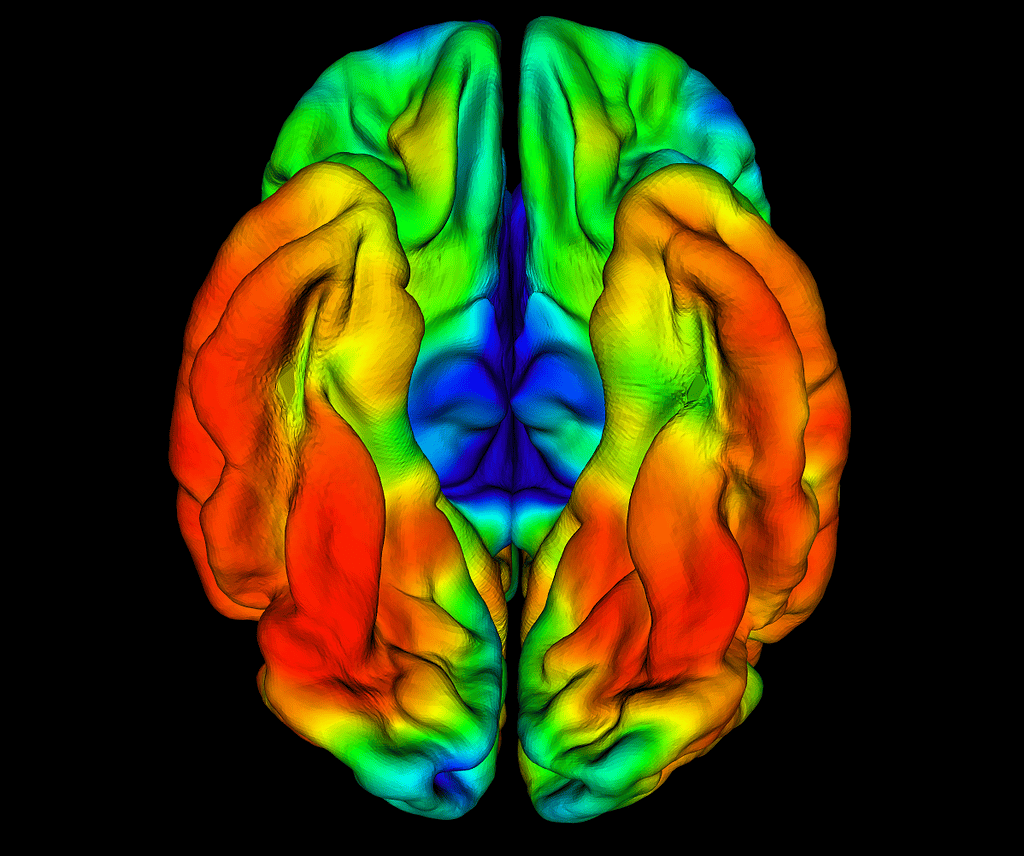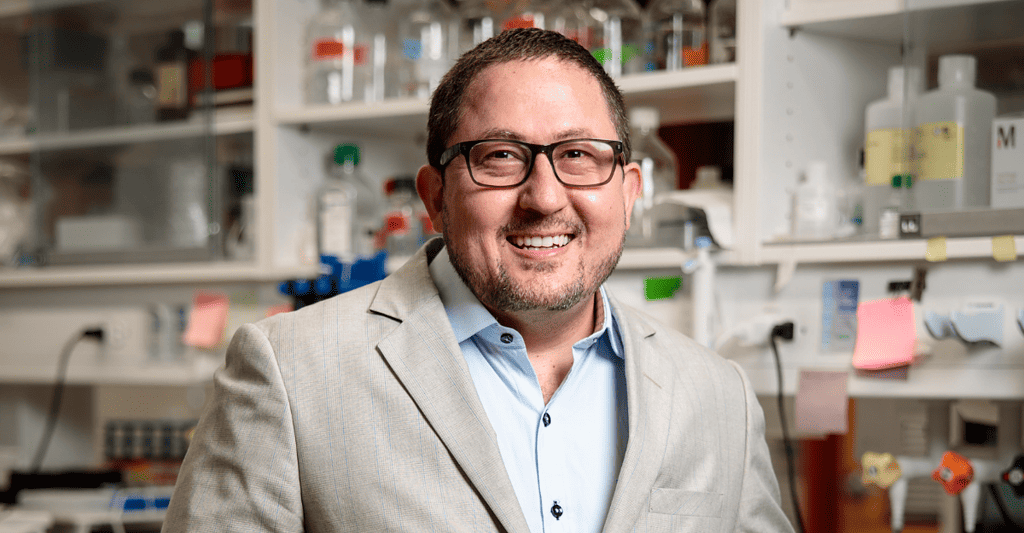For over two decades, a rare genetic variant has protected a patient from developing a hereditary and aggressive form of Alzheimer’s. The finding is momentous and offers a promising avenue for researching treatments for Alzheimer’s disease.
“If this can delay dementia for over 20 years in someone with the most aggressive form of Alzheimer’s it may have an even more profound effect in cases with the more common late-onset Alzheimer’s,” co-author Joseph F. Arboleda-Velasquez tells ZME Science.

Brain resilience
Sometimes, medical breakthroughs come from large-scale datasets and statistical findings. Other times, they can come from a single case. This was exactly the case a couple of years ago. In 2019, researchers serendipitously discovered a patient who had a mutation that seemed to offer protection against a form of Alzheimer’s.
Armed with this knowledge, the team started looking for more mutations that could offer even more extreme protection, Arboleda-Velasquez explains. With philanthropic support, they set up the Alzheimer’s Resist Discovery project and started screening people.
They were specifically looking at resilience to autosomal dominant Alzheimer’s disease (ADAD), a rare, aggressive, and early-onset type of Alzheimer’s. ADAD is most commonly caused by specific mutations, so researchers knew where to look. They focused their screening on patients who were predisposed to this mutation and were more likely to develop this form of Alzheimer’s.
The mutation that predisposes people to this condition is itself unusual. It’s thought to have been brought to Colombia in the 18th century by a man traveling from Spain. The man now has around 6,000 descendants, and researchers screened over 1,200 of them.
Stunningly, they found one patient who showed signs of Alzheimer’s onset in his brain but no symptoms. For two decades, the man showed no signs of Alzheimer’s. People who have ADAD start to suffer memory loss when they are around 40-50. The patient remained cognitively intact until 67 years of age, and only started developing symptoms at 72.
The mutation was related, but still different to the one discovered previously. The protection was granted by a rare genetic variant of the gene RELN, which encodes the signaling protein reelin, responsible for cell-cell interactions in the brain.
“It was very surprising [to find someone carrying this mutation],” Arboleda-Velasquez explains. “Reelin is very important for neurons to function but the notion that a variant in it could result in extreme resilience to Alzheimer’s is totally unexpected.”

Reelin’ a treatment for Alzheimer’s
Reelin is a protein that regulates brain cell development and function. In the past, mutations related to Reelin were linked to autism, epilepsy, and schizophrenia. Usually, mutations have a negative effect. In this case, the mutation offers remarkable protection.
With researchers finding two mutations that offer protection against Alzheimer’s, this could offer new avenues for treating Alzheimer’s say, the researchers.
“This is critical to guide therapies because it clearly tells us that more Reelin could potentially have beneficial effects,” Arboleda-Velasquez adds in an accompanying press release.
This is particularly interesting because many treatments for Alzheimer’s disease, including drugs currently in clinical trials, target reducing amyloid plaque buildup. This plaque is possibly the cause of Alzheimer’s, or is at least related to it. In fact, the fight against Alzheimer’s is typically focused on preventing or destroying this buildup. But the exact role that this plaque has on Alzheimer’s is still debated.
The two patients had high levels of amyloid plaques in their brains and were still protected. This suggests that there could be different avenues to offer protection. The findings highlight a previously unknown molecular pathway that may confer resilience to cognitive impairment.
“These exciting findings demonstrate the power of academic collaboration, where a retinal disease genetics expert working with a local neuroimaging authority can team up with leading neurologists and neuropathologists around the world to power scientific discovery,” said Joan W. Miller, MD, a co-author of the study. “Alzheimer’s disease remains a devastating disease with an immense global burden, and this work opens the door to further investigation into how this resilience pathway may lead to an effective therapeutic strategy.”
The team is already studying therapies inspired by these cases. In parallel, they are also looking for other patients that may have genetic protection from Alzheimer’s.
“It is a huge privilege to have these genetic cases to work on,” said Arboleda-Velasquez. “We are honored to be a part of the team that has made this discovery.”
The study was published in Nature.









